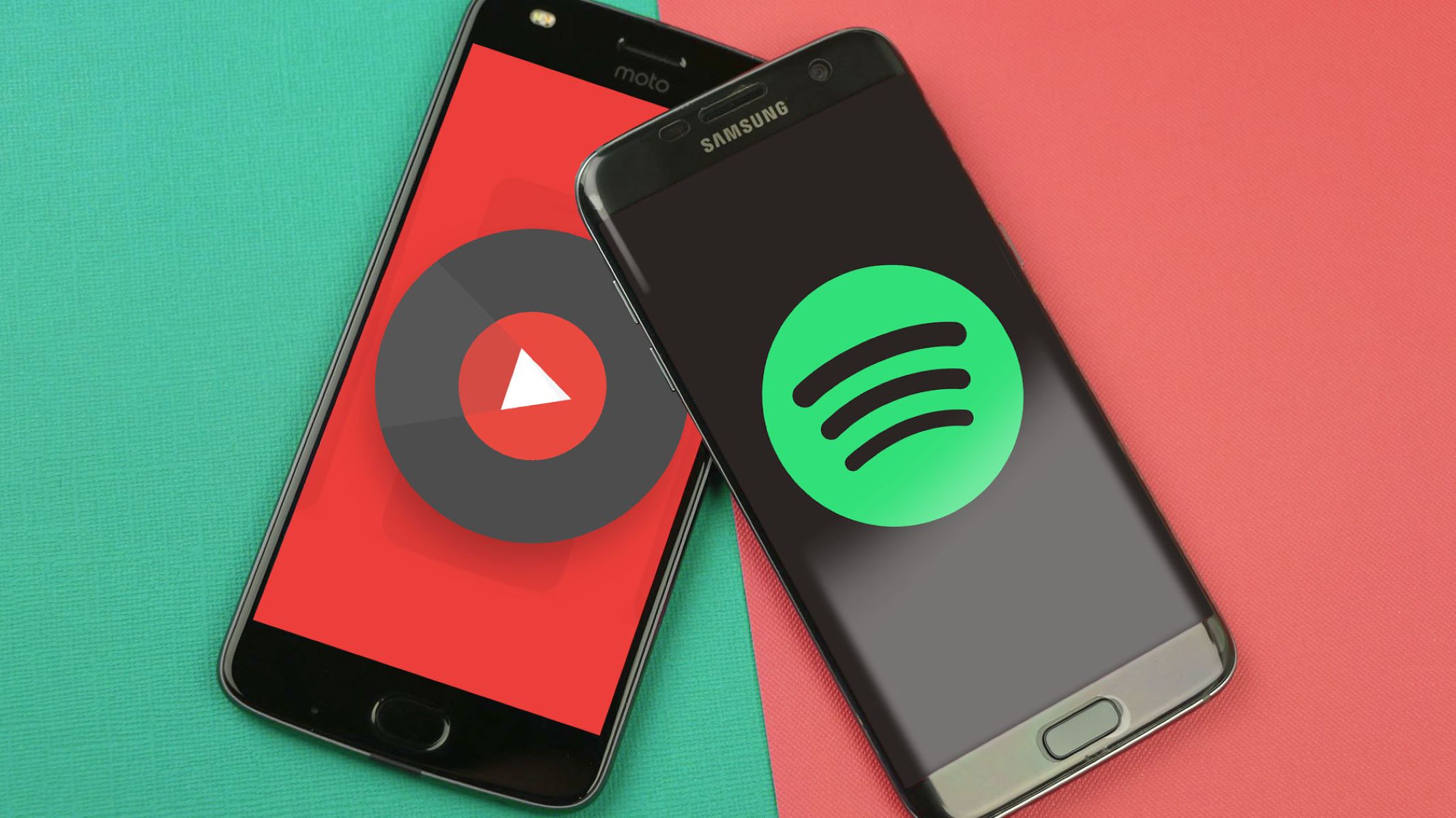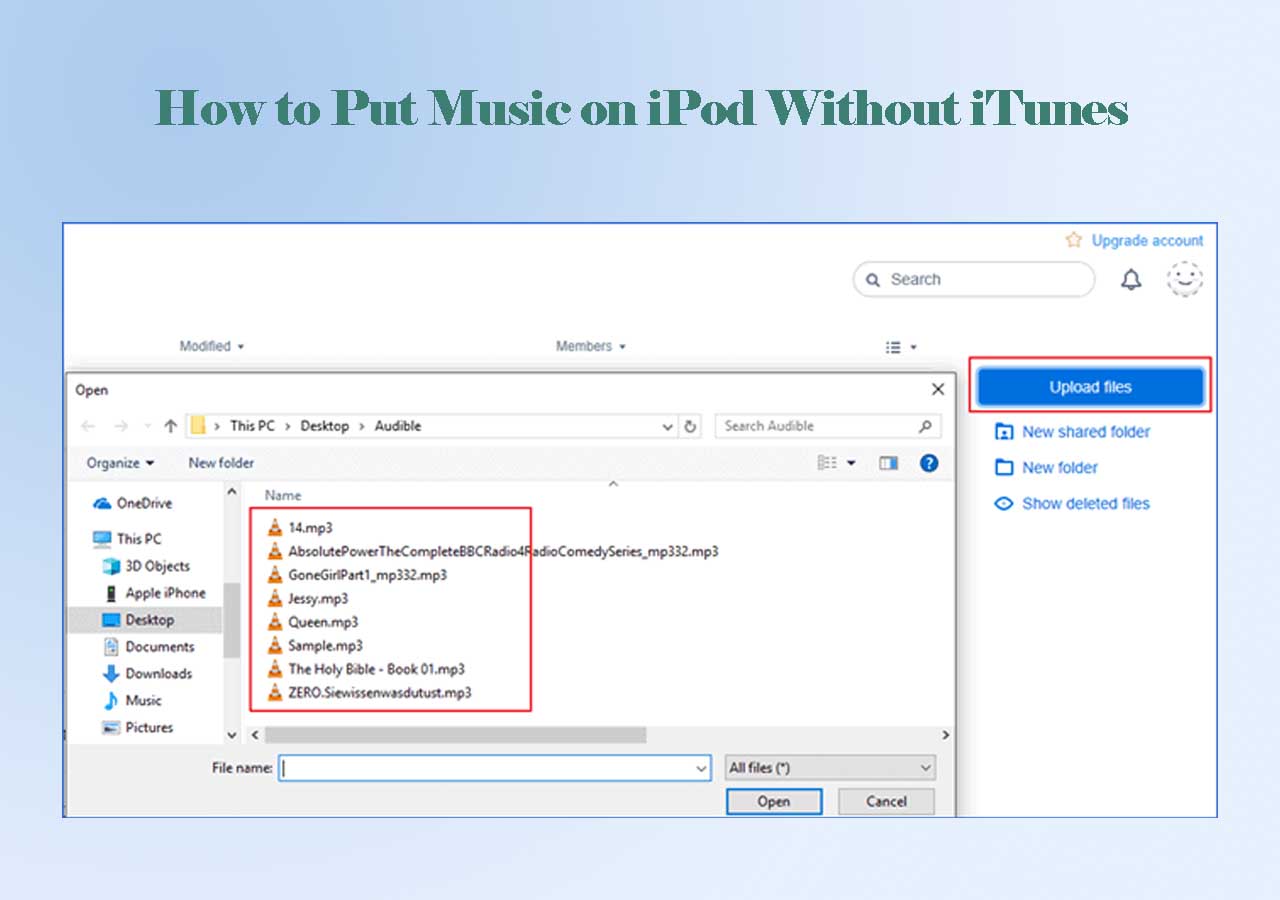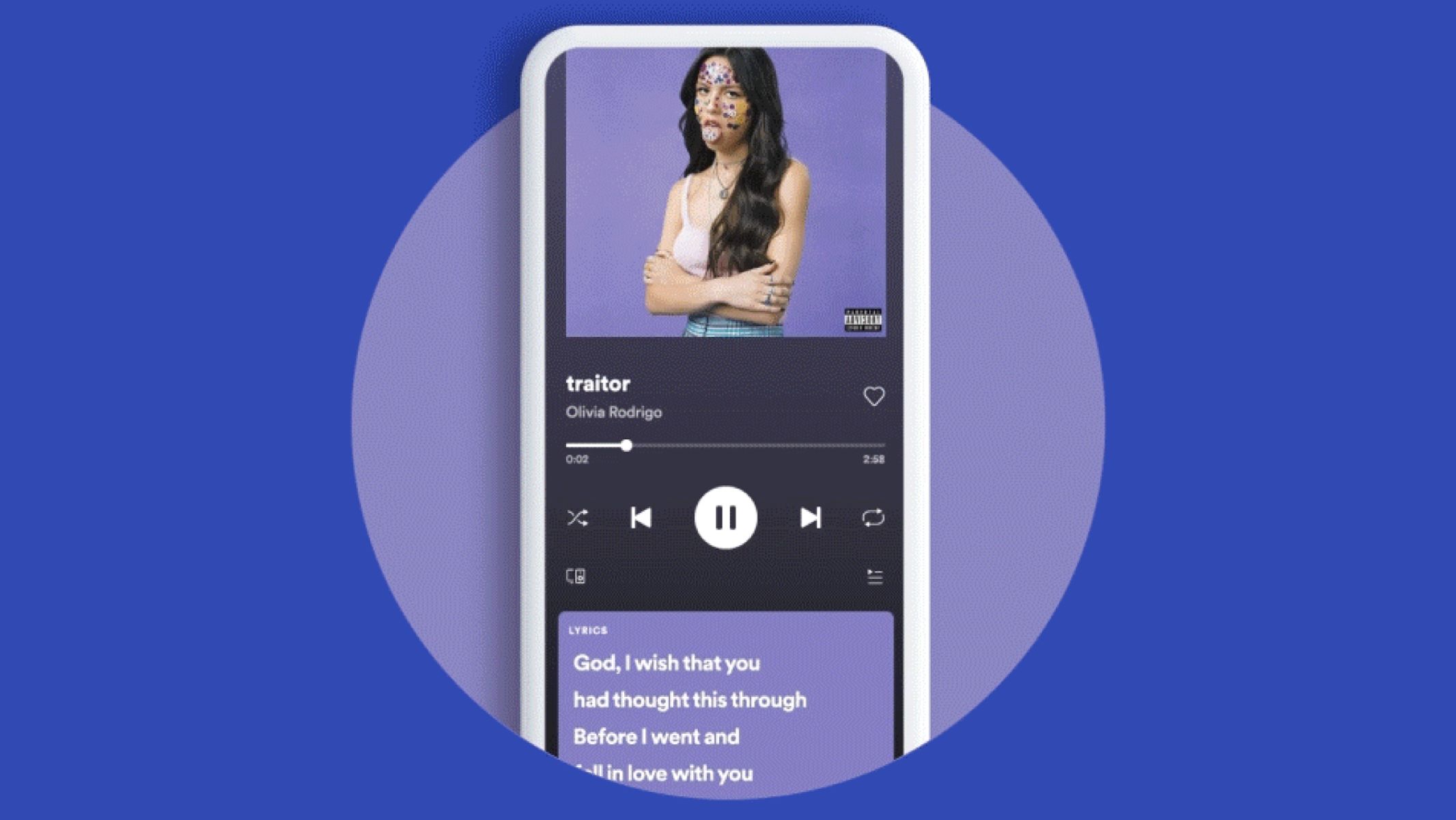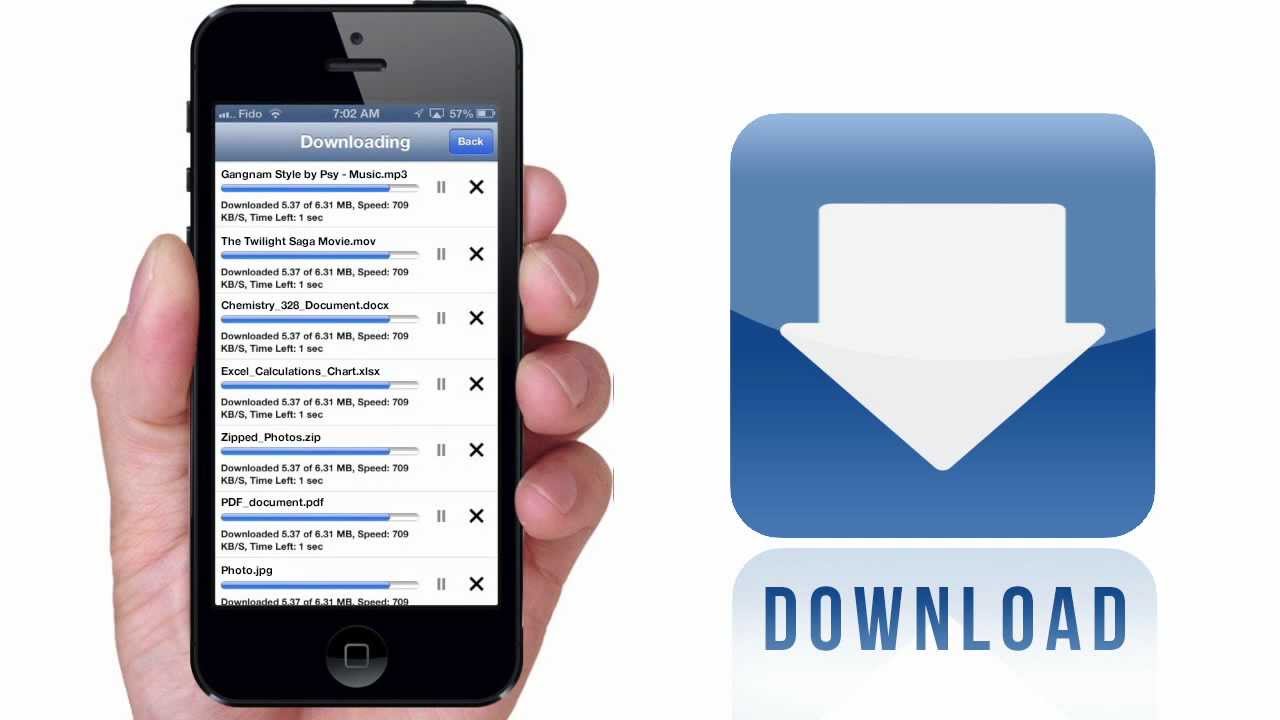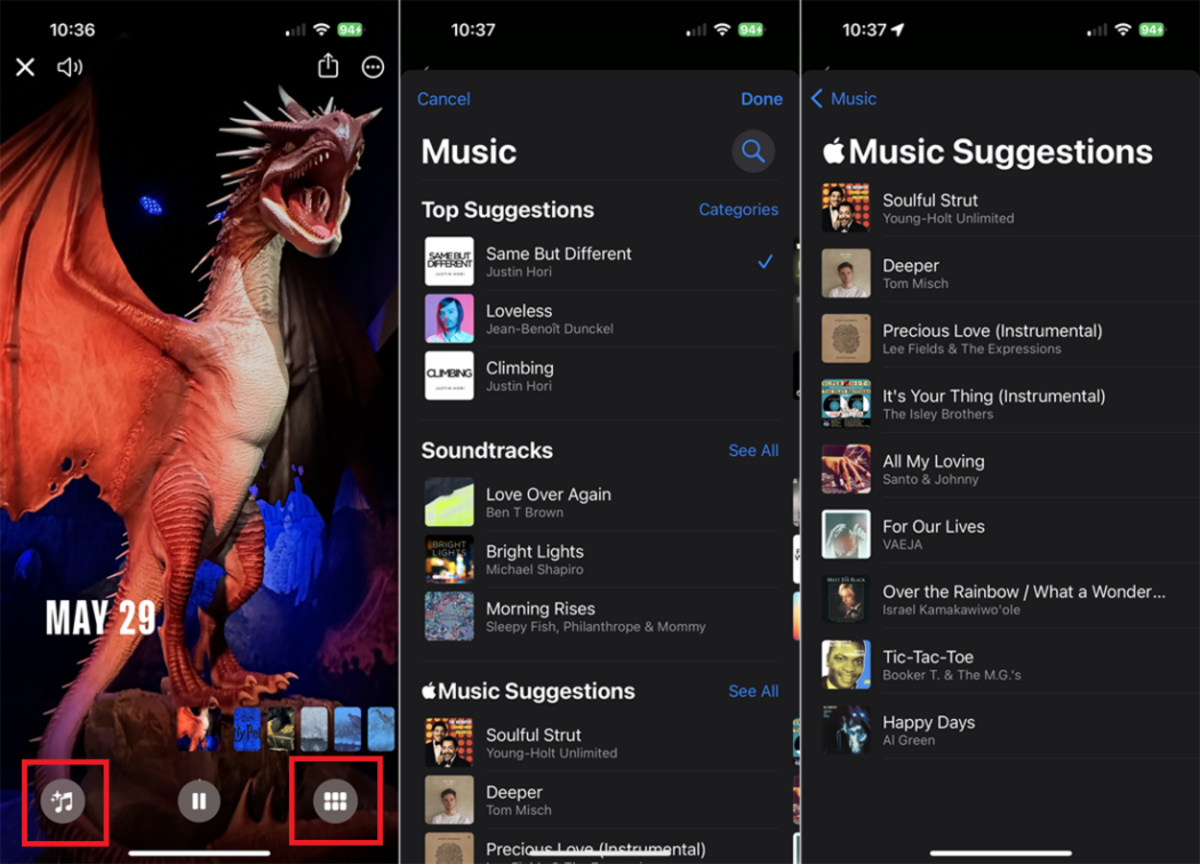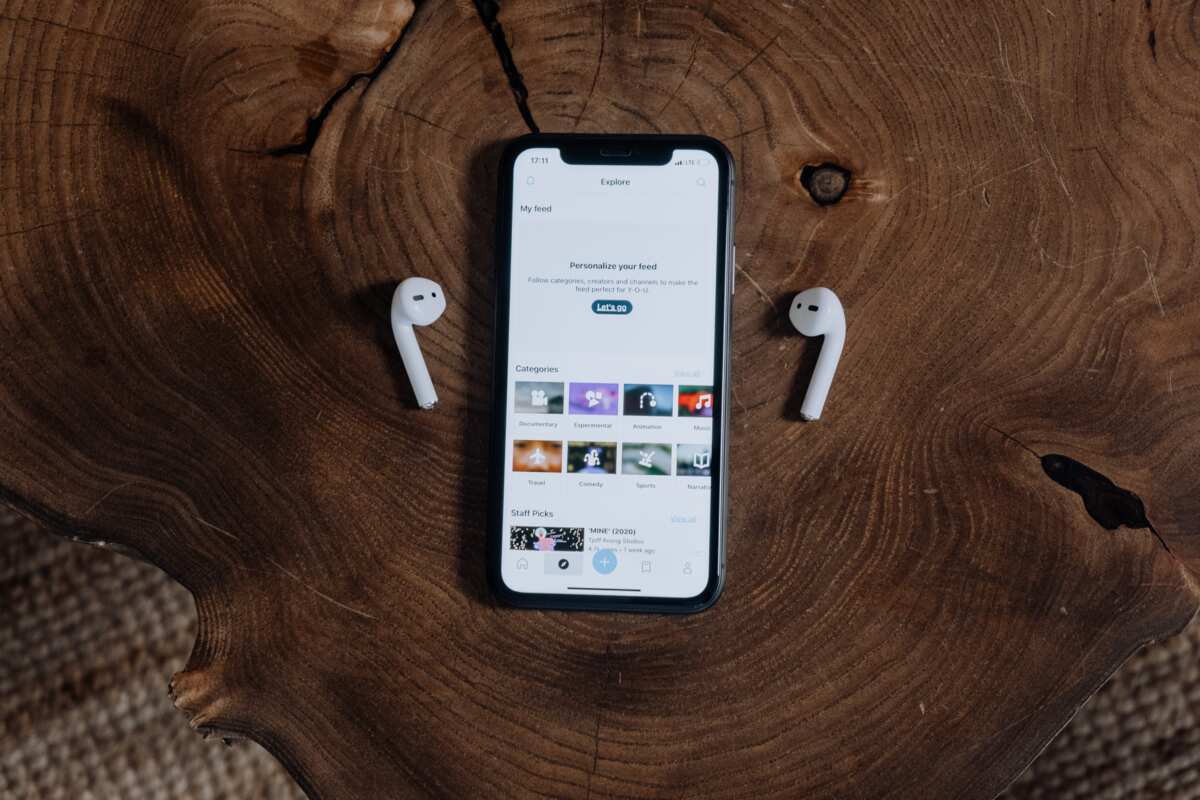Introduction
Music streaming has become an integral part of our lives. With millions of songs available at our fingertips, platforms like Spotify have revolutionized how we listen to music. However, you may come across some of your favorite songs that are not available on Spotify. Thankfully, there is a way to add songs to Spotify from YouTube.
YouTube, the largest video sharing platform, is home to an extensive collection of songs, including rare live performances, remixes, and covers. By adding these songs to your Spotify library, you can have all your favorite music in one place.
In this article, we will guide you through a simple step-by-step process to add songs to Spotify from YouTube. Whether it’s a classic track, the latest hit, or an underground gem, you can listen to it all on Spotify without having to leave the platform.
Before we dive into the method, it’s important to note that this process involves converting YouTube videos to audio files. While this is a popular and widely used method, it’s always a good idea to respect copyright laws and the rights of artists. Make sure to only use this method for personal use and not for sharing or distributing copyrighted material.
Now, let’s get started and learn how to add songs to Spotify from YouTube!
Step 1: Find the YouTube video of the song you want on Spotify
The first step in adding songs to Spotify from YouTube is finding the YouTube video of the song you want to add.
To do this, open a web browser and go to the YouTube website, or use the YouTube mobile app on your smartphone. Once you are on the YouTube platform, you can search for the specific song by typing the name of the song or the artist in the search bar.
Browsing through the search results, you will likely come across various versions of the song, such as official music videos, live performances, covers, or remixes. Choose the version that you prefer or the one that matches your desired listening experience.
It’s worth mentioning that some YouTube videos may include advertisements or interruptions. You can skip ads after a few seconds or consider using an ad-blocker extension or app to have a seamless playback experience.
Additionally, when selecting a YouTube video, ensure that the audio quality is satisfactory. Look for videos that have high-quality audio, preferably with a bitrate of 320kbps, to ensure a better listening experience.
Once you have identified the YouTube video of the song you want on Spotify, proceed to the next step to convert the video into an audio file.
Step 2: Convert the YouTube video to an audio file
In order to add a YouTube song to Spotify, you’ll need to convert the YouTube video into an audio file format that can be imported into Spotify. There are several online services and applications available that can help you accomplish this.
One popular method is to use a YouTube to MP3 converter. These converters allow you to extract the audio from the YouTube video and save it as an MP3 file. To use a YouTube to MP3 converter, simply copy the URL of the YouTube video and paste it into the converter. Then, choose the desired audio quality and click on the convert button.
As the conversion process may take a few moments, you will generally have to wait for the conversion to complete. Once finished, you will be provided with a download link for the converted audio file.
Alternatively, if you prefer using desktop software, you can download and install a YouTube video downloader that also supports audio extraction. These software programs usually offer more advanced features, allowing you to customize the audio settings and download multiple videos simultaneously.
Regardless of the method you choose, it’s important to ensure that you are obtaining the audio file legally and respecting the copyright laws. Only use this method for personal use and do not distribute or share copyrighted material without proper authorization.
Once you have successfully converted the YouTube video to an audio file, you can move on to the next step to import the audio file into Spotify.
Step 3: Import the audio file into Spotify
After converting the YouTube video to an audio file, you can now import the file into Spotify to include it in your library or playlist.
To import the audio file into Spotify, you will need to use a computer or laptop as this feature is currently not available on mobile devices.
Start by opening Spotify on your computer and logging into your account. Once you are signed in, navigate to the main interface of the Spotify application.
Next, locate the “Local Files” option. In the desktop application, you will find this option on the left-hand sidebar. On the web player, you can access it by clicking on the “Settings” icon in the top-right corner and selecting “Local Files” from the dropdown menu.
Within the “Local Files” section, click on the “Add a Source” button. This will prompt you to select the folder where your converted audio file is located. Browse to the folder where the file is saved and select it.
Once you have added the folder as a source, Spotify will automatically scan the folder and import the audio file into its library.
In some cases, you may need to enable the “Show Local Files” option in your Spotify settings. To do this, go to “Settings”, click on “Advanced Settings”, and toggle the switch for “Show Local Files” to the ON position.
After the import process is complete, you can search for the audio file by its artist name, song title, or album name in the Spotify search bar.
From there, you can either add the song to an existing playlist or create a new playlist to include the imported song. Simply right-click on the song and select “Add to Playlist” or drag and drop the song into the desired playlist.
Now, you have successfully imported the converted audio file into Spotify. In the next step, we will guide you on how to add the song to a playlist or library in Spotify.
Step 4: Add the song to a playlist or library in Spotify
Once you have imported the audio file into Spotify, you can now add the song to a playlist or your library to easily access it whenever you want.
To add the song to a playlist, start by navigating to the playlist where you want to include the song. If you haven’t created a playlist yet, you can do so by clicking on the “Create Playlist” button and giving it a name.
Once you are in the desired playlist, click on the “Add Track” or “Add Songs” button, usually represented by a plus (+) sign. This will open up your Spotify library.
In your library, you will find a section labeled “Local Files” or “Downloads.” Click on this section to display all the imported audio files.
Locate the song you want to add to the playlist and click on it. Spotify will automatically add the selected song to the playlist.
If you prefer to add the song to your library instead of a specific playlist, you can right-click on the song and choose the “Save to Your Library” option. This will save the song to your library, allowing you to access it easily.
Once you have successfully added the song to a playlist or your library, you can organize your playlist by dragging and rearranging the songs or applying filters and tags.
It’s important to note that the imported song will only be accessible on the devices where you have imported the audio file. If you want to listen to the song on multiple devices, make sure to follow the same steps on each device to import and add it to your Spotify account.
Now that you have added the song to a playlist or your library, you can enjoy your favorite YouTube songs on Spotify anytime you want.
Step 5: Enjoy your favorite YouTube songs on Spotify!
Now that you’ve successfully added your favorite YouTube songs to Spotify, you can enjoy them seamlessly on the Spotify platform. Here are a few tips to enhance your listening experience:
1. Create personalized playlists: Organize your imported songs into different playlists based on your preferences, moods, or genres. This way, you can easily find and enjoy specific songs or create custom playlists for different occasions.
2. Discover related artists and songs: Once you’ve imported a song, take advantage of Spotify’s recommendations to explore similar artists and songs. Spotify’s algorithms analyze your listening habits to suggest new music that you might enjoy based on your imported songs.
3. Collaborate and share playlists: Share your imported songs and playlists with friends by creating collaborative playlists. This allows you to collaborate with others in curating a collection of music, making it a fun and interactive way to explore new music together.
4. Sync your playlists offline: To listen to your imported songs even without an internet connection, you can sync your playlists offline. This allows you to enjoy your favorite YouTube songs on Spotify anytime, anywhere, without relying on a stable internet connection.
5. Explore Spotify’s diverse library: While importing YouTube songs is a great way to expand your Spotify library, don’t forget to explore Spotify’s extensive catalog of music. Discover new tracks, albums, podcasts, and more from renowned artists and emerging talents across various genres.
By following these steps, you can seamlessly integrate your favorite YouTube songs into your Spotify experience, creating a personalized music collection that caters to your unique tastes.
So, go ahead and start enjoying your favorite YouTube songs on Spotify now!
Conclusion
Adding songs to Spotify from YouTube allows you to consolidate your favorite tracks from both platforms into a single music library. By following the simple steps outlined in this guide, you can easily convert YouTube videos into audio files and import them into Spotify for seamless and convenient listening.
Remember, while this method provides a way to enjoy your favorite YouTube songs on Spotify, it’s important to respect copyright laws and use the method for personal use only. Avoid distributing or sharing copyrighted material without proper authorization.
With a vast collection of songs at your disposal on YouTube, you can now expand your Spotify library with rare live performances, remixes, and covers that may not be available through official streaming services.
Once you have converted and imported the audio files into Spotify, you can further enhance your experience by creating personalized playlists, exploring related artists, collaborating with friends, and enjoying your favorite songs offline.
Don’t forget to explore Spotify’s extensive music library, as it offers a wide range of genres and a multitude of options to discover new music. Spotify’s powerful recommendation algorithms will expose you to new artists and songs based on your listening habits, ensuring that your musical journey continues to evolve.
So, go ahead and start adding your favorite YouTube songs to Spotify, and elevate your music listening experience like never before! Enjoy the best of both worlds as you seamlessly transition between the vast YouTube music collection and the convenience of Spotify’s streaming platform.







